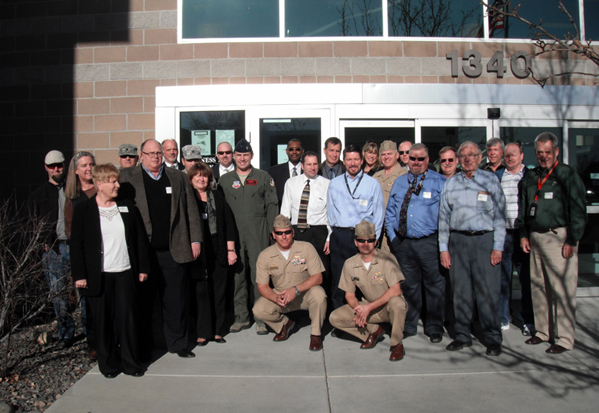The Western Regional Partnership’s committee on Military Readiness, Homeland Security, Disaster Preparedness and Aviation met recently in Reno, Nevada to review the committee’s draft outline of airspace sustainability and discuss aviation and airspace issues that were germane to the group.
Eric Glick, Aviation and Rail Program manager for the Nevada Department of Transportation, welcomed the committee, which is made up of representatives of state aviation, general aviation, the FAA, Department of Defense and other state and federal agencies, to Reno.
Approximately fifty attended, either in person or via the internet. "I was really pleased with the participation," said Kim Stevens, Co-Chair of the committee and Publisher of the State Aviation Journal. "It was especially gratifying to have high-level participation from the FAA."
Stevens gave a brief on a few of the aviation issues that could impact the group, including Unmanned Aerial Systems, (UAS) and the possible defunding of contract air traffic control towers. There was also a brief on regional aviation issues from Holloman AFB in New Mexico. In addition to aviation issues, there were other updates, including FEMA, an overview of the NAS Fallon mission, the National Cohesive Wildland Fire Management Strategy and the Division of Emergency Management, Nevada Office of Homeland Security. The Committee is working to have written summaries of the missions of the military installations and ranges within the WRP region to highlight their contributions to the national security.

One of the goals of this committee is to open up the lines of communications between DoD, state and federal aviation officials and representatives of general aviation. "In many cases we all share the same airspace and there are issues that impact all of us," said Stevens. (Shown at right) "I’ve found this committee to be an excellent venue for honest open discussion of those issues." To assist in this matter, the Committee is developing aviation contacts throughout the WRP region to assist with collaboration and sharing of information.
The Committee continues to work on drafting the Airspace Sustainability Overview to introduce what makes the WRP region important for aviation, identify existing aviation resources for education and highlight aviation coordination/outreach best practices and sustainability concerns.
The committee plans to meet again this Spring in Albuquerque, New Mexico. "I’m excited about this committees future," said Stevens. "We have the people involved that can be a tremendous resource and make things happen."
The states in the WRP region are, Arizona, California, New Mexico, Nevada and Utah. For more information on this committee or WRP, please see www.wrpinfo.org.



